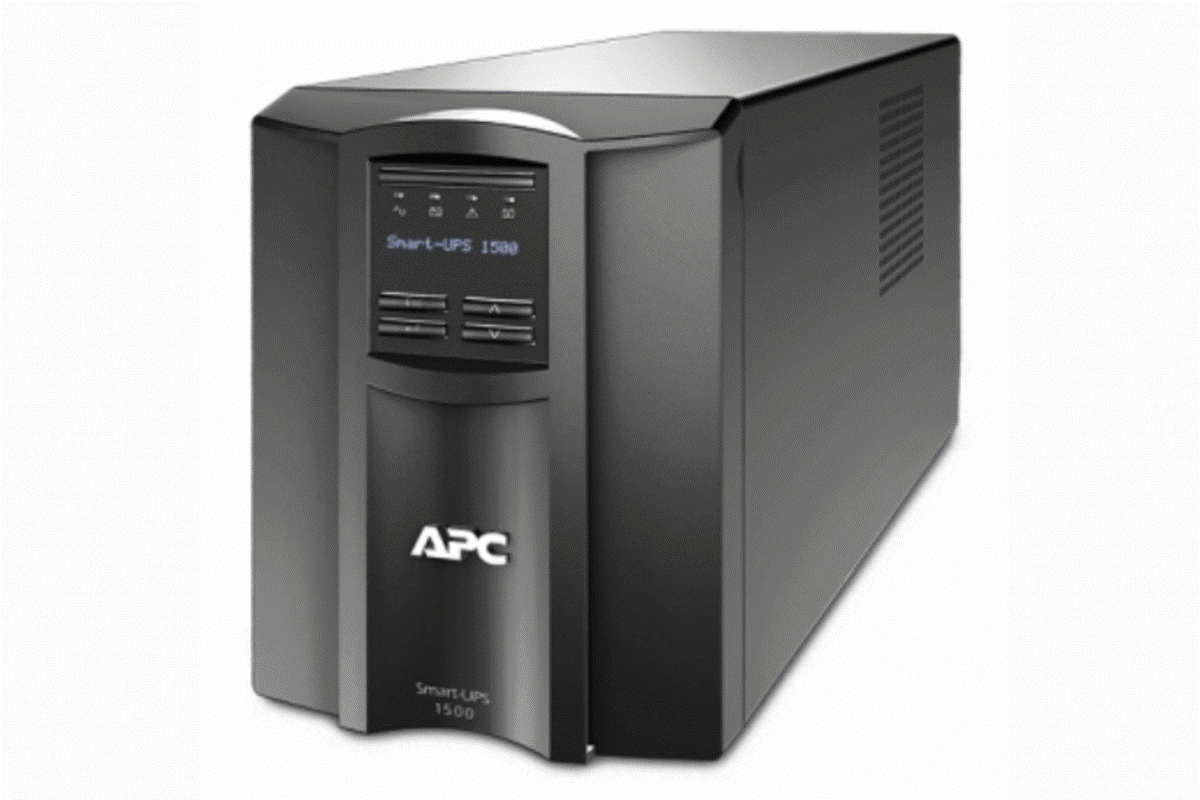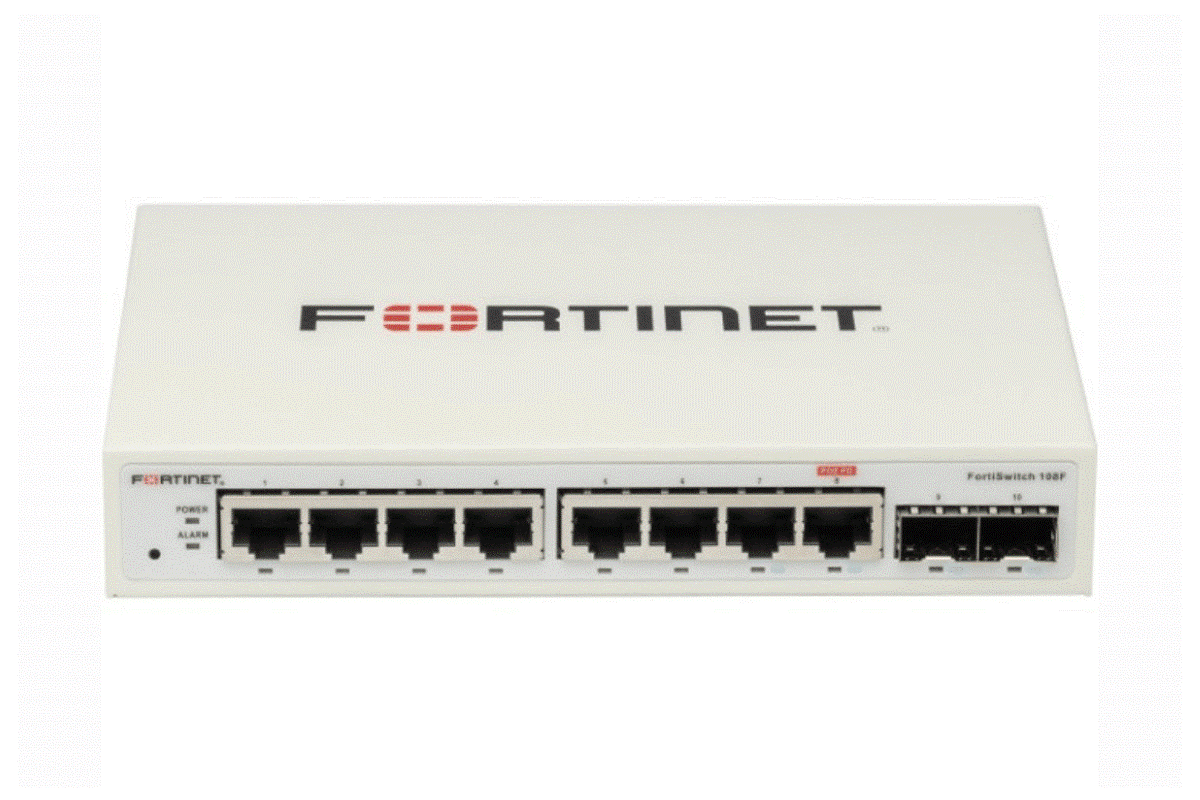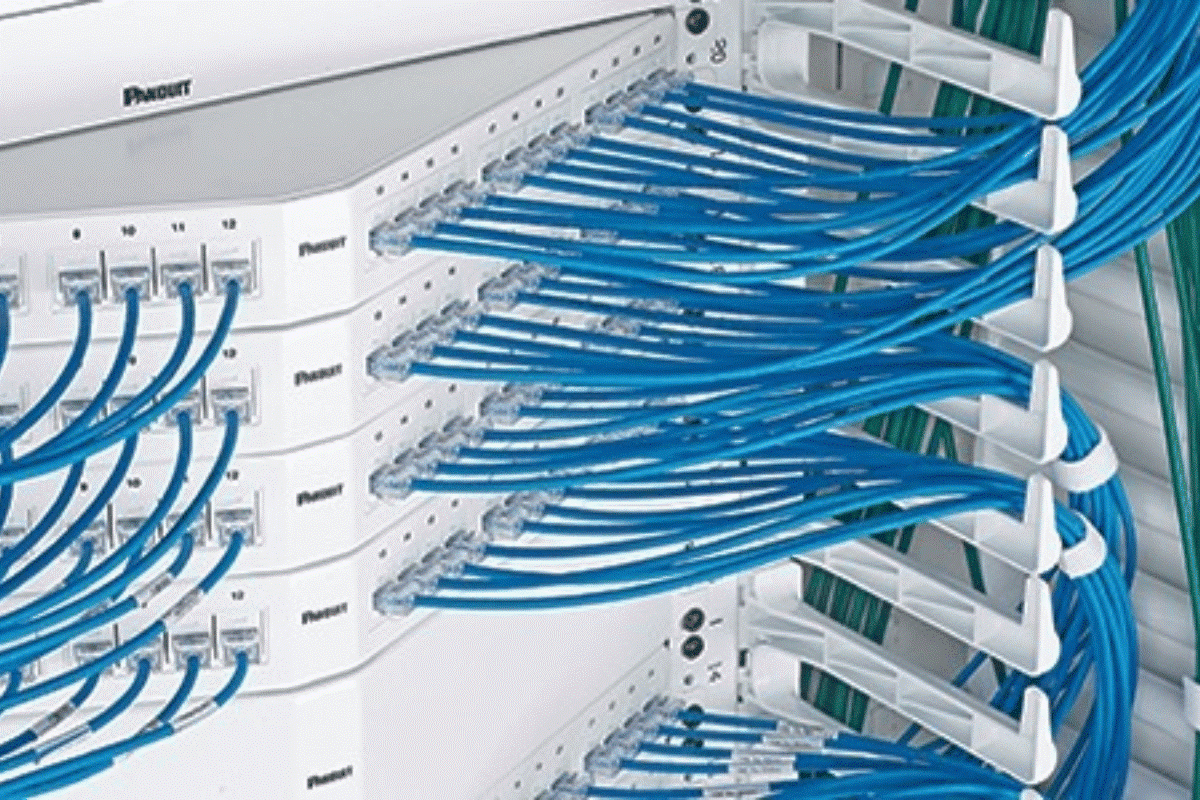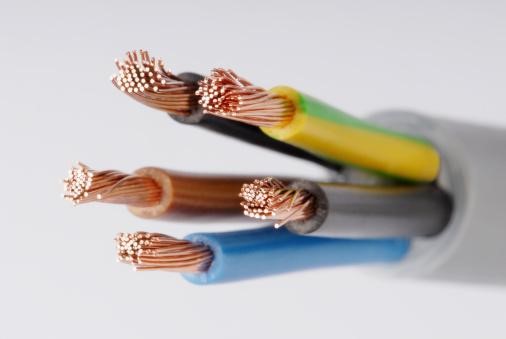
Because fiber does not conduct electricity, copper is the best option (specifically a Power over Ethernet [PoE] copper cable that transmits data and power together).
Using copper cable instead of fiber reduces the requirement for additional power sources and allows devices to be placed farther from an outlet. The gadgets can be put or relocated anywhere since they receive power via the same connection they use to receive data (think wireless access points, surveillance cameras, or LED lighting fixtures, for example).
In this regard, copper is superior to fiber, at least for the time being. Future copper/fiber hybrid lines will transport data via fiber while transmitting electricity over copper.
Which is better for long-distance data transmission: fiber or copper?
The quality of data transmissions degrades with distance, yet single mode fiber maintains signal quality for kilometers. Due to this, it can send data with a high bandwidth (i.e., lots of data simultaneously!) across extremely long distances.
In many instances, fiber is well suited for long-distance signal transmission, such as across or between campuses or to distant offices. Essentially, there are no distance restrictions.
In this respect, fiber outperforms copper. Category 6A cables can currently only carry 10 Gbps over 100 meters. Afterward, signal deterioration begins.
You need connectivity in a large venue with high user numbers. should you choose copper or fiber?
The majority of today’s fiber bandwidth limitations are not limited by cables. They are instead restrained by fiber-optic circuitry. Regardless of what sorts of new fiber-optic gadgets are introduced, they will be compatible with fiber cable.
For media services (transmission of video and audio signals) and layer 0 infrastructure in particularly big structures, such as skyscrapers or professional entertainment stadiums, fiber is often the preferred option. Inside the structure, copper is often used for device power and control. This is an excellent illustration of a circumstance in which both fiber and copper are applicable.
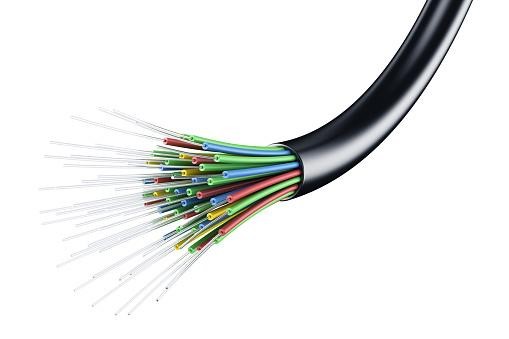
You need connectivity in a building with small user numbers: should you choose fiber or copper?
A smaller venue with fewer users does not need the same amount of bandwidth as a stadium where tens of thousands of individuals can simultaneously use numerous wireless devices (such as a smartphone and wearable technology).
In the case of a one-story office building with several hundred workers, for instance, copper can be a more cost-effective infrastructure option than fiber. Even if the building begins to link cameras, screens, and other devices to its network, category 6A cable should be able to easily manage these connection needs. Employees likely use laptops and cell phones, and the facility likely includes wireless access points for mobility.
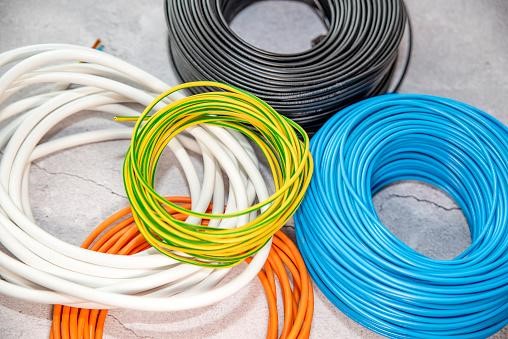
Making the choice
Last but not least, each application is unique. Depending on what the cable will be used for, how long it will be in place, whether it will run outside, and how often wireless will be utilized as a part of the cabling system, there could not be an apparent victor when choosing between copper cable Dubai and fiber.
The team of specialists at Zoomline can sit down with you, review your plans and future objectives, and recommend the best kind of cable – fiber or copper (or both) – depending on pricing, application, and future requirements. OM5 or OM4 fiber? Category 6 or Category 6A copper? We can assist you with these additional selections as well.
Want to know if fiber or copper is best for your next project? Connect with us!
Latest Blog Post List
- All Post
- APC UPS
- Aten KVM
- CCTV Cameras
- Copper Cable
- Corning
- D-link
- D-link Router
- Eaton UPS
- Excel Cable
- Fiber Optic Patch Cord
- Fiber Optic Splitter
- Fortinet
- FTTH Cabinets
- Hp Switch
- IP PBX System
- Media Converter
- Molex
- Network Cabinet
- Nexans
- Others
- Panduit Cable
- Power Distribution Unit
- Product News
- Schneider
- Server Cabinet
- Server Rack
- Splicing Machine
- Structured Cabling
- Technology
- Tp-link
- Tp-link Router
- Ubiquiti
- Ubiquiti Router
- Yeastar

